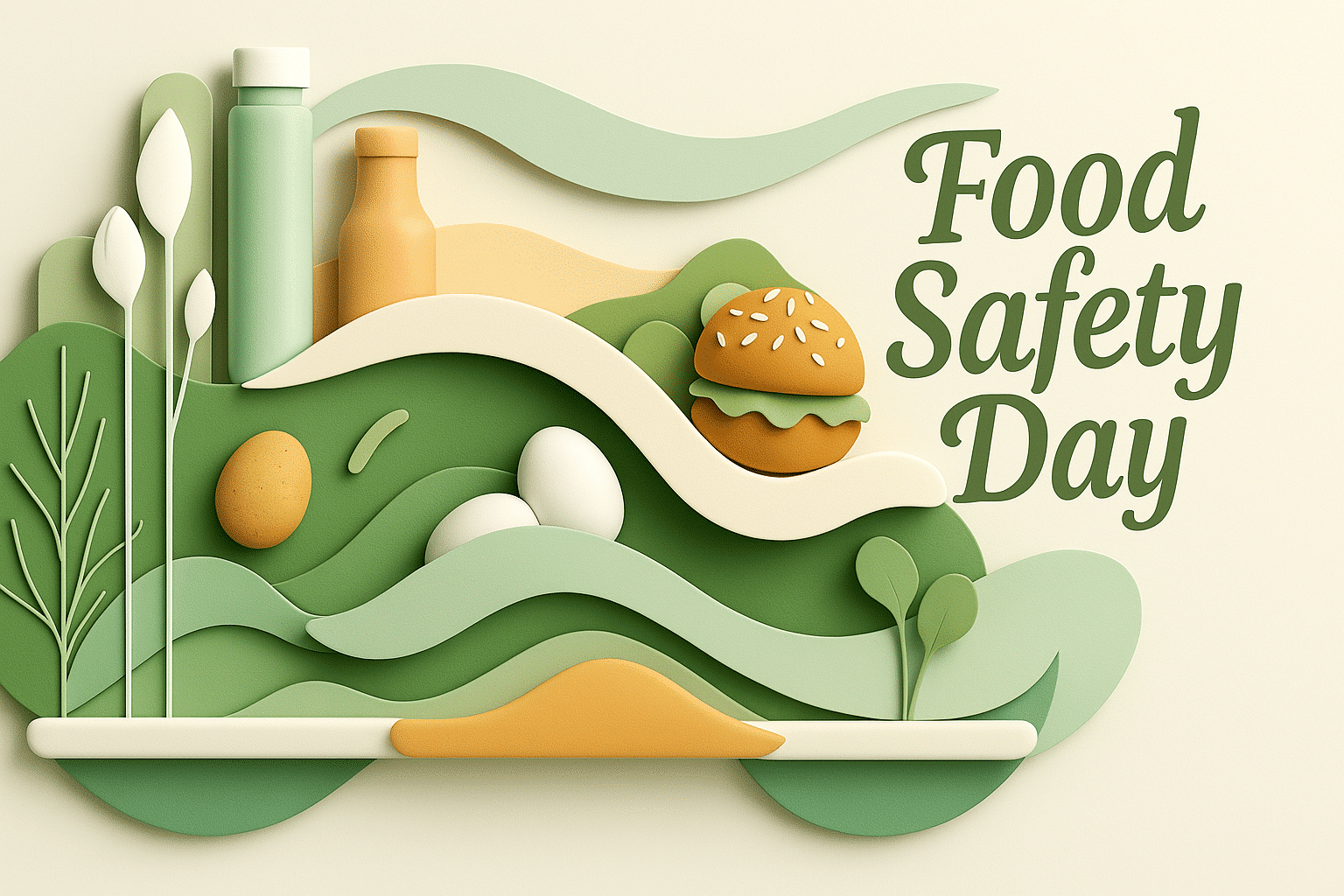What is World Food Safety Day?
World Food Safety Day is held each year on June 7 and is recognized in countries around the world. The day is dedicated to raising awareness about food safety and the importance of safe handling, preparation, and storage of food. It highlights how food safety affects every part of the supply chain;from farms to tables;and how small actions can make a big difference in protecting health.
The day encourages cooperation between governments, producers, and consumers to prevent foodborne illnesses. It focuses on the idea that safe food is not a luxury but a shared responsibility and a basic human right.
History and Origin
World Food Safety Day was established by the United Nations General Assembly in 2018. The first official observance took place on June 7, 2019. The day was created in response to the growing concern about foodborne diseases, which affect millions of people worldwide each year.
The World Health Organization (WHO) and the Food and Agriculture Organization (FAO) lead global coordination of the day. Their goal is to promote actions that improve food safety at every level. From better policy to practical tips in your own kitchen, the day is about building a food system that protects everyone.
Who participates in World Food Safety Day?
- Governments and agencies: Promote food safety standards and launch educational campaigns.
- Farmers and producers: Follow safe growing, harvesting, and packaging practices.
- Food businesses: Ensure hygiene and safety from processing to delivery.
- Schools and universities: Organize events and lessons to teach students about food safety.
- Consumers: Learn how to handle, cook, and store food properly at home.
Slogans and Themes
Each year, World Food Safety Day features a specific theme, such as “Food Standards Save Lives” or “Food Safety is Everyone’s Business.” These themes underline the connection between safe food and good health. Slogans often focus on prevention, responsibility, and global cooperation.
Colors, Symbols and Patterns
Colors:
- Green: Represents freshness, agriculture, and environmental responsibility.
- Blue: Symbolizes trust, hygiene, and public health.
- White: Often used to emphasize cleanliness and purity in food safety visuals.
Symbols:
- Checkmark or shield: Signifies verified standards and protection.
- Globe with utensils: Highlights the international effort to keep food safe.
- Thermometers or gloves: Represent practical safety tools in kitchens and food handling.
Patterns:
- Clean lines and icons: Used in educational graphics to show safety steps clearly.
- Circular motifs: Reflect the idea of food cycles and shared responsibility.
- Infographic layouts: Help explain proper food practices in a visual, accessible way.
Most Used Hashtags
- #WorldFoodSafetyDay
- #FoodSafety
- #SafeFood
- #FoodSafetyMatters
- #GlobalHealth
How do you celebrate World Food Safety Day?
- Check your kitchen habits: Review how you store, cook, and clean food at home.
- Join a workshop or webinar: Learn from experts about the latest in food safety.
- Raise awareness: Share facts or infographics about safe food practices online.
- Thank a food worker: Show appreciation for the people who help keep food safe every day.
- Support local initiatives: Volunteer or donate to food safety campaigns or organizations.
Why is World Food Safety Day important?
Unsafe food causes illness, lost income, and in serious cases, death. World Food Safety Day helps reduce these risks by bringing attention to simple, effective practices that keep food safe. It reminds us that food safety is about both science and behavior;from farmers and factory workers to families cooking at home.
By taking part, people around the world support healthier communities and stronger food systems. The day encourages habits that protect lives and create a safer future for everyone.
Features
Contact Info
June 7: Food Safety Day
Why do you keep falling for the same type?
Read the article Lovemaps: the hidden blueprint of our love.

